Family: Children
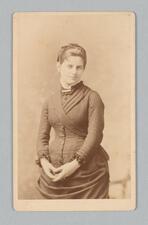
Helen Goldmark Adler
Helen Goldmark Adler is remembered for her philanthropic achievements and her marriage to Felix Adler, philosopher and founder of the Ethical Culture Movement. In turn-of-the-century New York, Adler penned articles, established a free kindergarten for children with working-class parents, and founded an organization focused on the science of child-rearing.
Naomi Amir
Naomi Kassan Amir was a pioneer in pediatric neurology, bringing her training from the United States to what was a brand-new field in Israel. Known for her holistic approach, Amir saw children not just in terms of their disabilities but in the context of their family and their community.
Argentina: Philanthropic Organizations
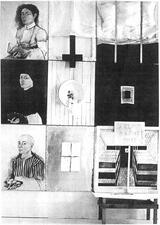
"Second Generation" Women Artists in Israel
Israeli women artists, second generation descendants of Holocaust survivors, have expressed in their art the grim atmosphere of absence, emptiness, and loss they absorbed. Their individual responses to the Holocaust differ in intensity and power.
Artists: Contemporary Anglo
In Britain, both feminism and feminist art took considerably longer to emerge and make their mark than in the United States, but when they did, many Jewish women artists created profound artistic work. British Jewish women artists generally hold both Jewishness and gender as central to their artistic output. Their art reveals the diverse ways in which women perceive their Jewishness in contemporary Britain.

Miriam Baratz
Miriam Baratz was a founding member of Deganyah Aleph, the first socialist Zionist farming commune in pre-state Israel. She advocated for communal childcare and education, and for a cooperative and egalitarian economic structure. The gender paradigm she helped establish at Deganyah set a precedent of egalitarianism for the entire kibbutz movement.
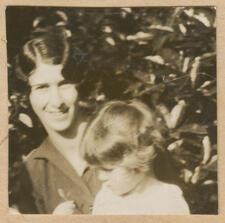
Dorothy Walter Baruch
Psychologist Dorothy Walter Baruch championed the health development of children as an educator, author, psychologist, and as a community leader. Her psychodynamic approach to child development focused on the relationship between physical, emotional, and intellectual development and on rechanneling children’s feelings through play and art therapy.
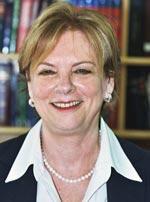
Dorit Beinisch

Libbie Suchoff Berkson
Libbie Suchoff Berkson was beloved by generations of campers as Aunt Libbie, director of Camp Modin for girls. She helped to establish the Jewish summer camp and ran it for decades, even while living in Israel and working on several other projects, such as a kindergarten and a teahouse.
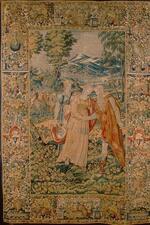
Bilhah: Bible
Bilhah is given to Rachel as a maid and would later serve as a surrogate mother for Rachel when she could not conceive. Though the story records none of Bilhah’s thoughts or words, she gives birth to two of Jacob’s sons for Rachel, Dan and Naphtali, and is remembered as one of the ancestresses of the Israelites.

Bilhah: Midrash and Aggadah
Bilhah was the maidservant of Rachel and mother of Dan and Naphtali. The rabbis fill in details about her life, her relationship with Jacob, and the confusing incident between Bilhah and Reuben, Jacob’s eldest son.
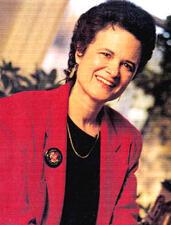
Renee Brant
Britain: Nineteenth and Twentieth Centuries
Since being allowed to resettle in 1656, Jews in Great Britain have established deep community ties throughout their diverse community. Class differences between early Sephardic settlers and the later wave of Ashkenazi immigrants gave rise to numerous Jewish charitable organizations, in which women played a key role.
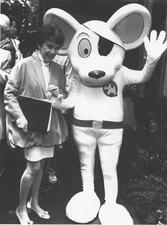
Peggy Charren
Peggy Charren, founder of Action for Children’s Television (ACT), took on the burgeoning television industry of the 1970s and won. She received a Presidential Medal of Freedom in 1995 for her work on behalf of quality television programming for children.
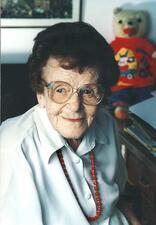
Children's Literature in Hebrew
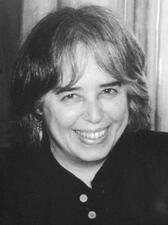
Children's Literature in the United States
Children’s literature in the United States would not be the same without Jewish women. From Sydney Taylor to Judy Blume to Lesléa Newman, Jewish women have written books read by millions of children and teenagers in the U.S. for more than a century.

Flossie Cohen

Jamie Lee Curtis

Daughter of Pharaoh: Midrash and Aggadah
The rabbis depict the daughter of Pharaoh, who rescued the baby Moses, as a righteous figure who did not follow her father’s wicked ways but rather converted and ceased worshiping idols. She was highly praised by the Rabbis, and the midrash includes her among the devout women converts and those who entered the Garden of Eden while still alive.
Demography: Soviet Union, the Russian Federation and other Successor States
The statistics on Jewish marriage, divorce, fertility, emigration, and aging within the Soviet Union reveal new pockets of history and can shed light on the effects of historical events on Jewish lives.

Friedl Dicker-Brandeis
Friedl Dicker was an artist and educator who studied at the Bauhaus school then led art classes at Terezin. In the ghetto, Dicker taught drawing to hundreds of children, designed sets and costumes for children’s performances, and made an exhibition of children’s drawings in a basement. She also created her own sketches, many of which were discovered in the 1980s.

Emunah
Family During the Holocaust
Although Jewish family life was destroyed and restructured in many ways during the Holocaust, it still often provided strength and a sense of normalcy. In many cases women became the family’s main income earner and were charged with many new tasks and responsibilities. Families were also frequently broken up by deportation, escape abroad, and death.
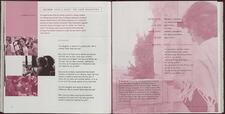
Feminist Jewish Ritual: An International Perspective
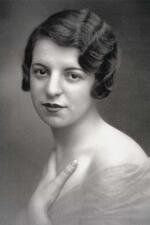
Paulette Weill Oppert Fink
After Paulette Fink’s husband, serving in the French Army, escaped capture, Fink and her family fled to the unoccupied zone of France and joined the Resistance, hiding Jewish children and helping them escape. Despite her husband’s death, Fink continued working with the Resistance and the Jewish Brigade. When the war ended, she continued her work with refugees before settling in Minneapolis.


